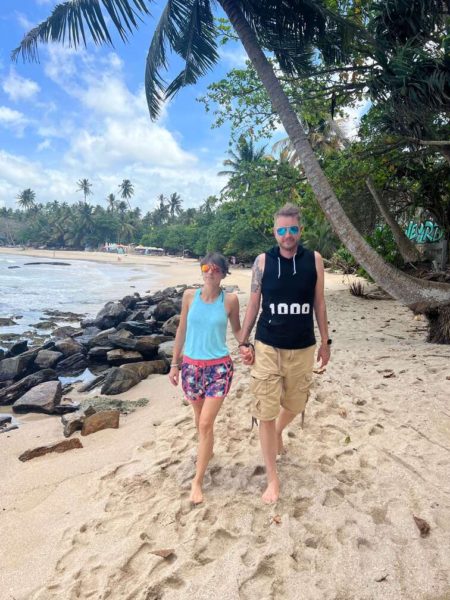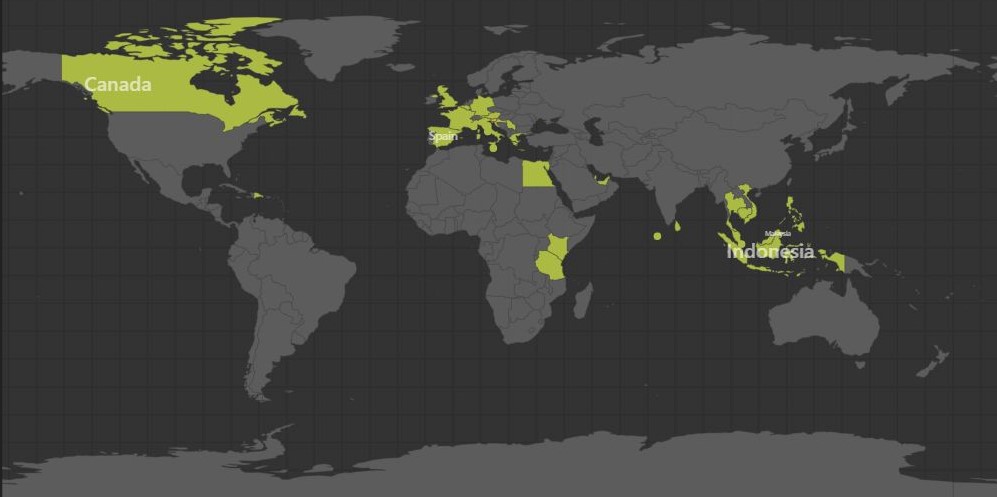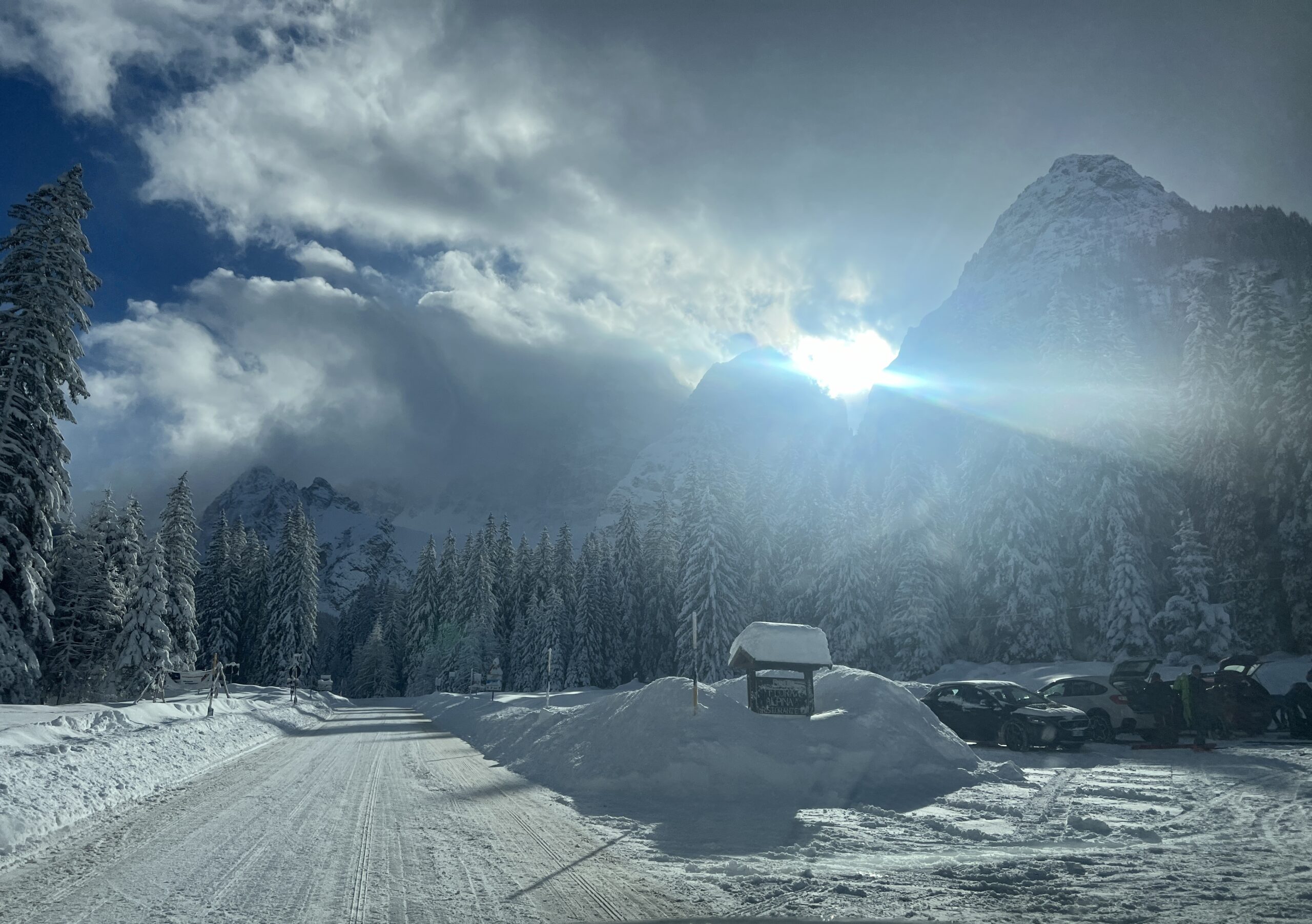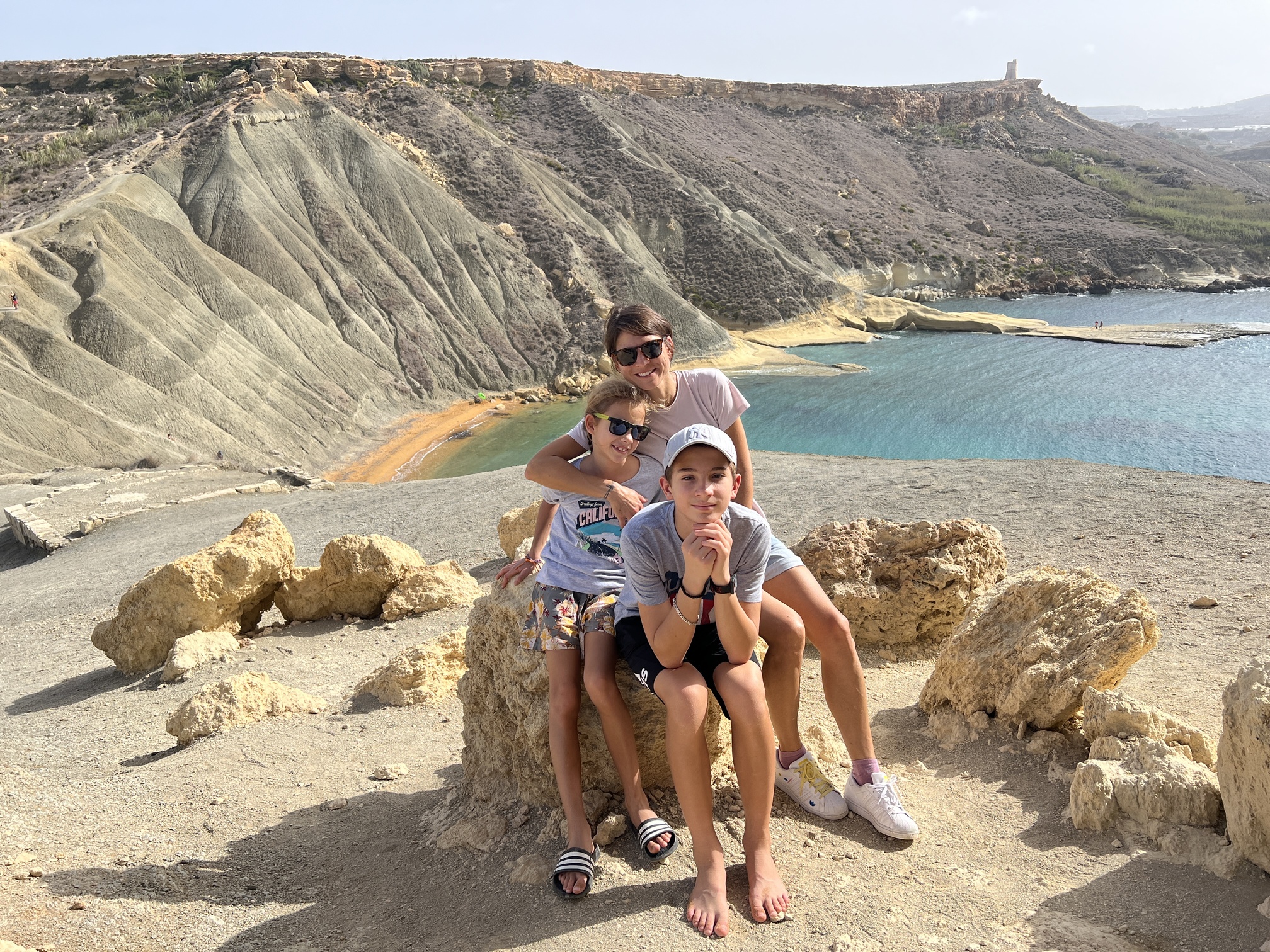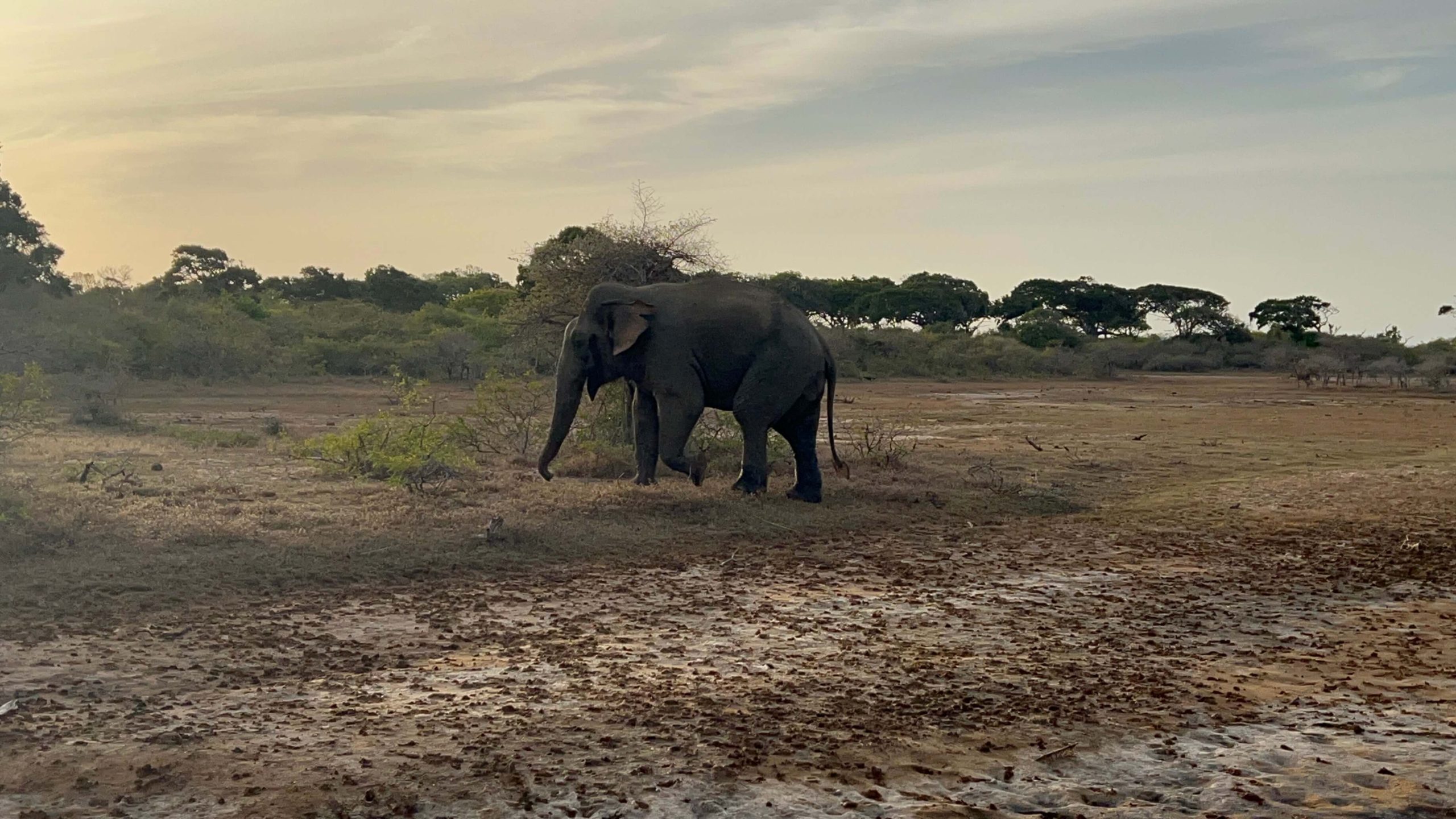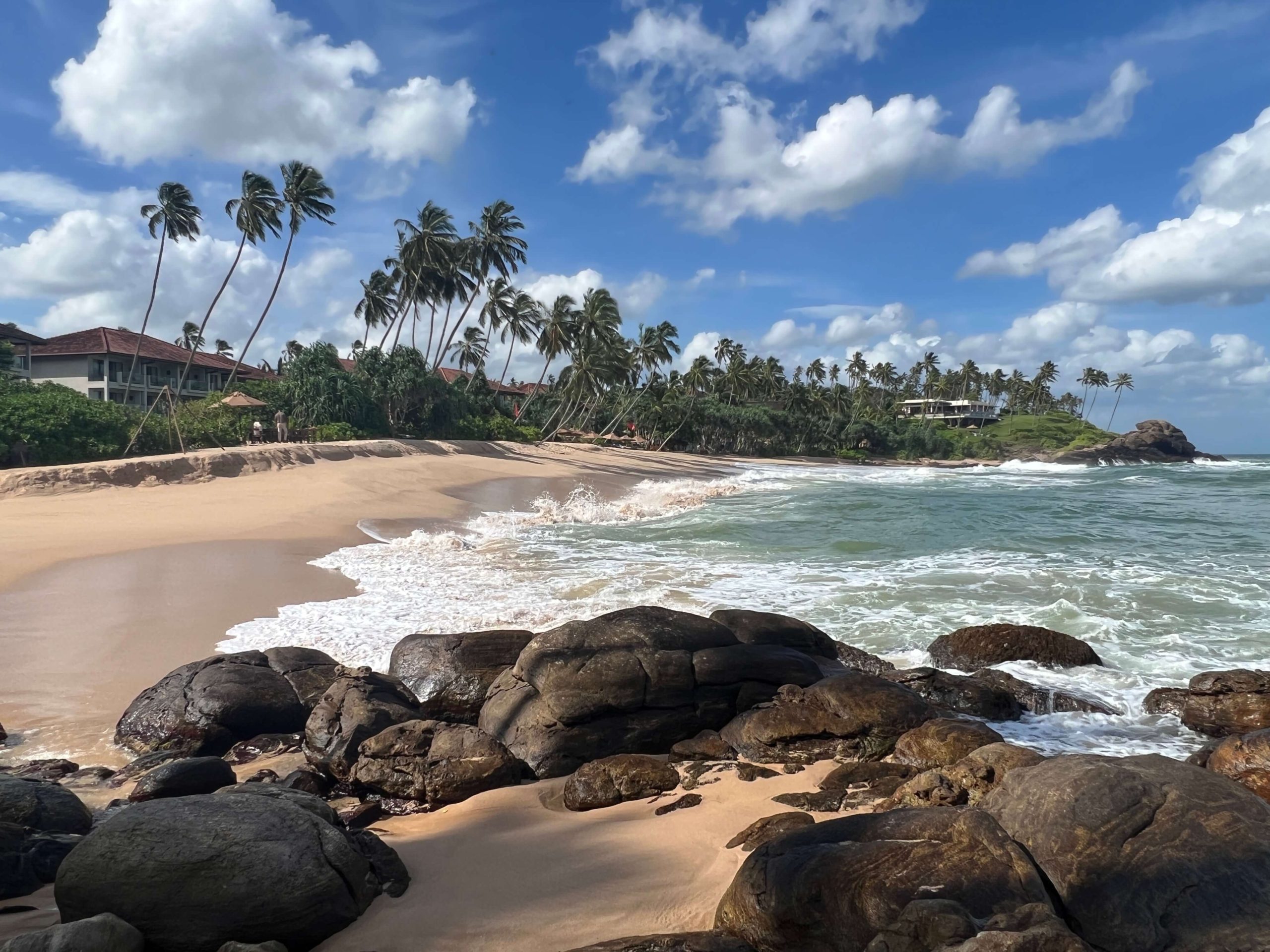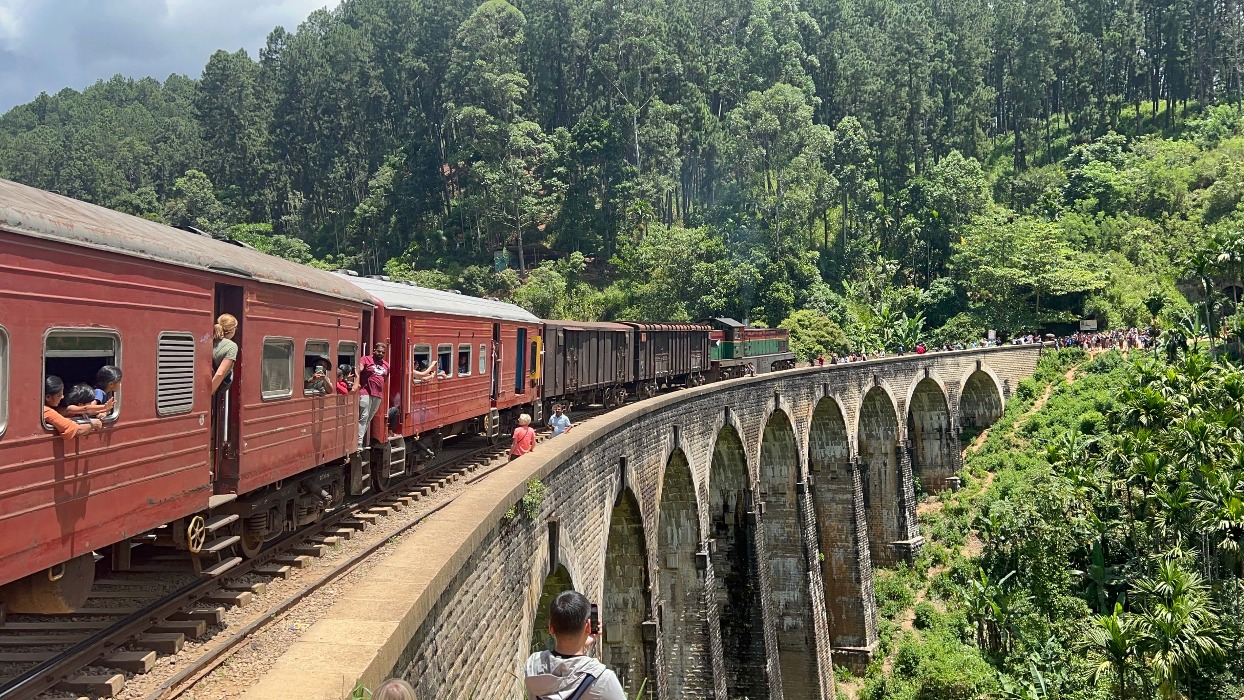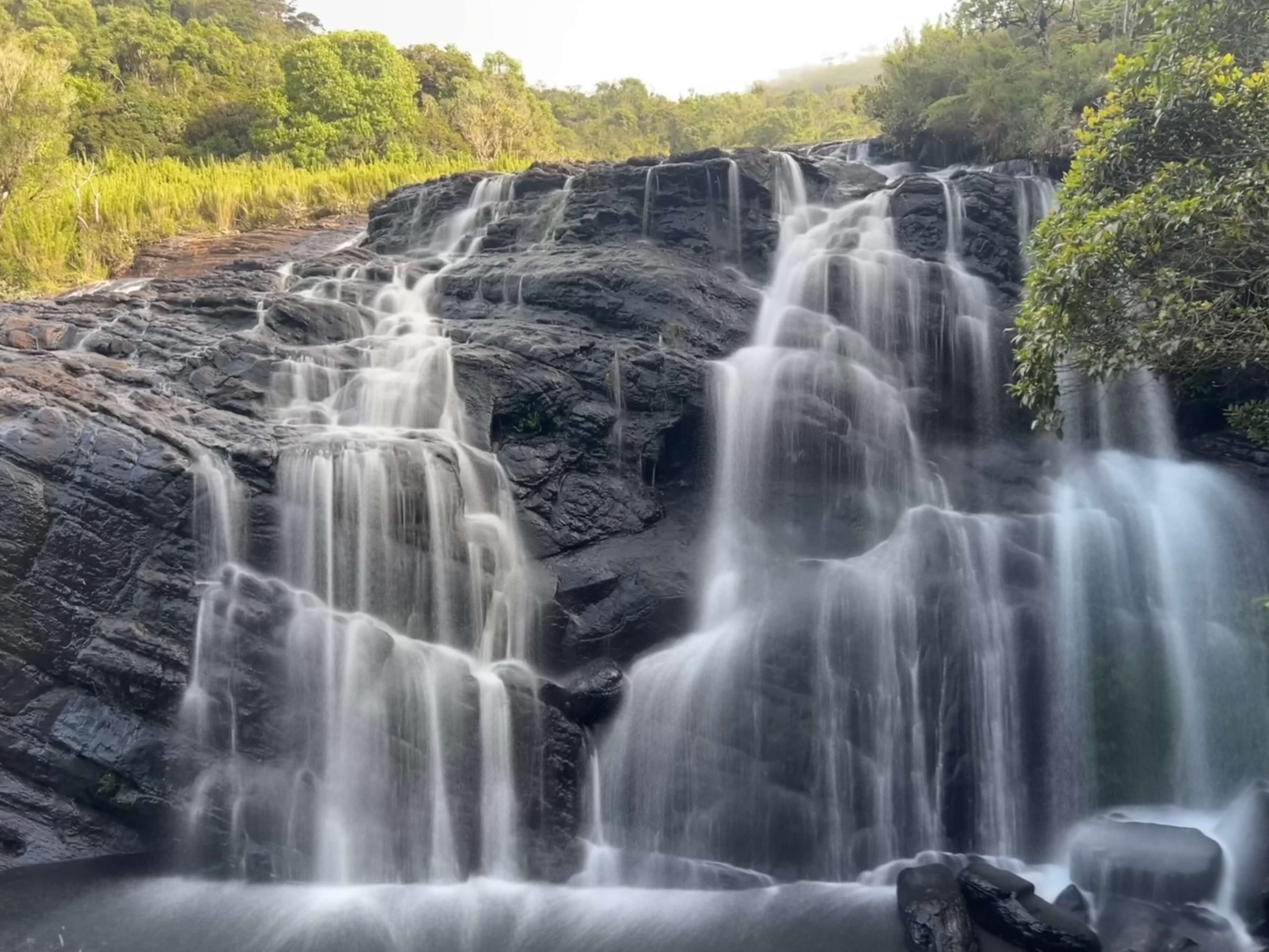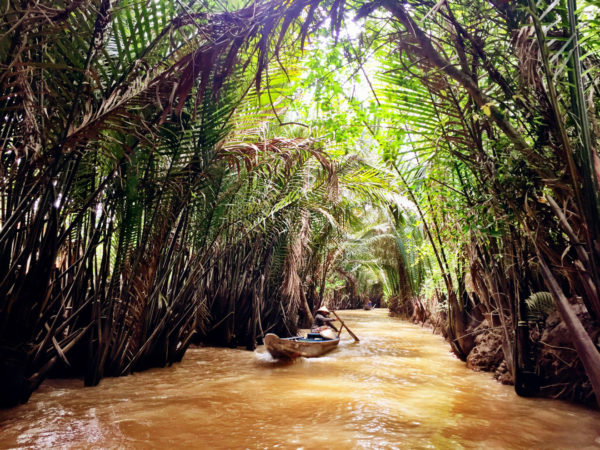FINALLY IN VIETNAM
Vietnam was on our radar for a couple of years but then always something else emerged and we went to other countries instead. But this year the deal was made 🙂
As usual for the past few years we found that Qatar Air had the best combination of layovers and price so we took our flight from Zagreb (Croatia) via Abu Dhabi to Ho Chi Minh City. Or is it Saigon since you will hear both names while staying there?
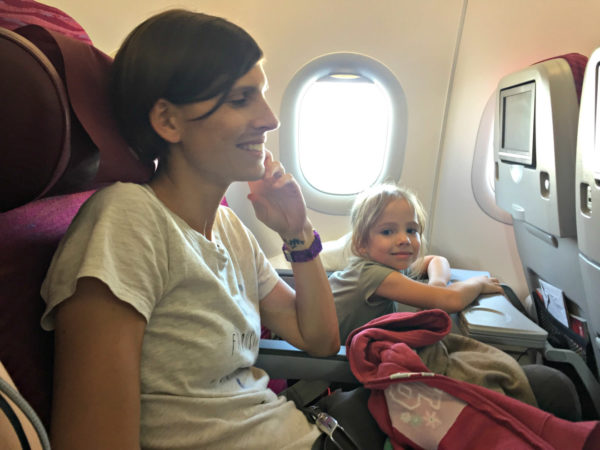
As we found out Saigon was the name adopted after the French conquest in the 1860’s, and it was then renamed Ho Chi Minh City after the North Vietnamese Army took over the South in 1975. While the city name is officially Ho Chi Minh City many people still call it Saigon, especially when referring to District 1 where we’ve stayed.
Ho Chi Minh City is served by Tan Son Nhat International Airport which is the largest airport in Vietnam. The airport is only few km from District 1 so it is relatively close.
Airport Transfer
There are no trains or transfer buses so Uber and taxi are the easiest way to get from the airport. Upon arrival go to the taxi rank and look for a Vinasun or Mailinh taxi representative. They are the most reputable taxi companies and you shouldn’t have any difficulties with them. Since we are a party of five we couldn’t fit in regular cab with our baggage. We booked the minivan ride online and everything went smooth so we were in our hotel in no time (Somerset Ho Chi Minh).
Ho Chi Minh City has a population of over 9 million people and reputedly more than 10 million motorbikes. In all of our travels we’ve never seen a city with so many bikes. While the traffic seems overwhelming at first sight there is a method to the madness and the traffic flows reasonably fast, even in peak hours at morning and in the evening. We’ve learned one simple rule which is: don’t stop walking when crossing the street. The drivers will made their way around you if you will walk but if you will stop in the middle of the street you will cause some commotion for sure.

Food:
When it comes to food, Vietnamese is one of the best cuisines in Asia and even though the city is modernising at a rapid pace street food culture is still an integral part of life. You can still find a bowl of PHO noodles for 20,000 VND (about $1), or a BANH MI (Vietnamese sandwich) for 12,000 VND (about 60 cents). And with Saigon being the biggest city in Vietnam, food from all regions of the country are represented here.
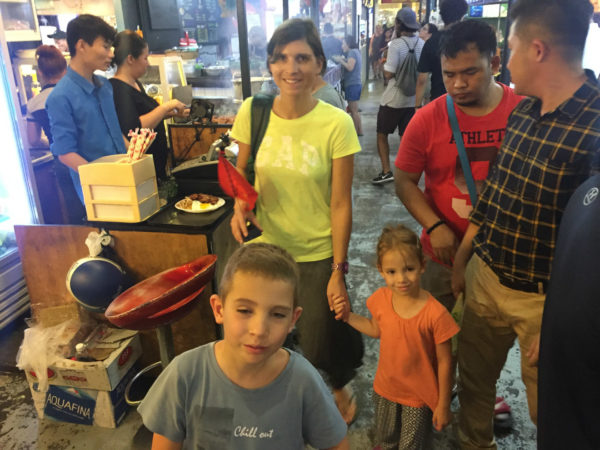
We had our dinner at the Ben Thanh Street Food Market. This is probably the best place to have your meals. There is so much variety and the prices are very affordable.
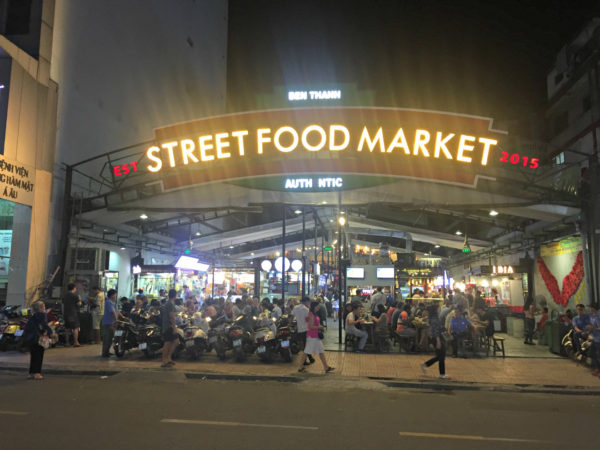
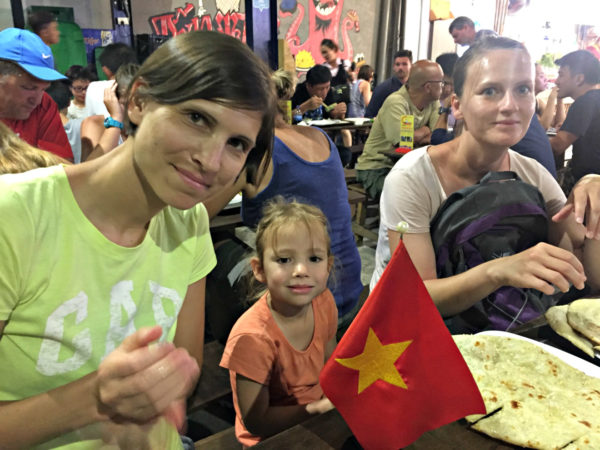
Our first trip was to famous Cu Chi Tunnels, just about an hour outside of HCM City. They are a 200+ km network of underground tunnels used by the peasant residents of Cu Chi during the war. Composed of over 3 layers of tunnel networks, these allowed the guerilla fighters to disappear underground when being attacked by American forces. They lived with a plow in one hand and a rifle in the other, as we were told.
The tour starts with a (relatively) short b/w movie about the Tunnels and Vietnam War in general.

You can pay to shoot authentic guns from that era near the end of the tour. This was sort of an odd thing to do right after a tour detailing the horrors of war, but it led to a chilling and unintended effect: walking through the Vietnamese jungle passing improvised bamboo shelters and mannequin soldiers posed in dioramas, bouts of gunfire breaking the silence—it was easy to slip out of the moment and into a different time and place.
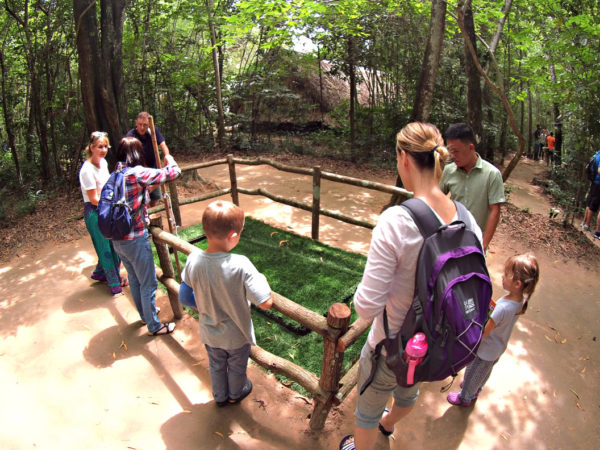
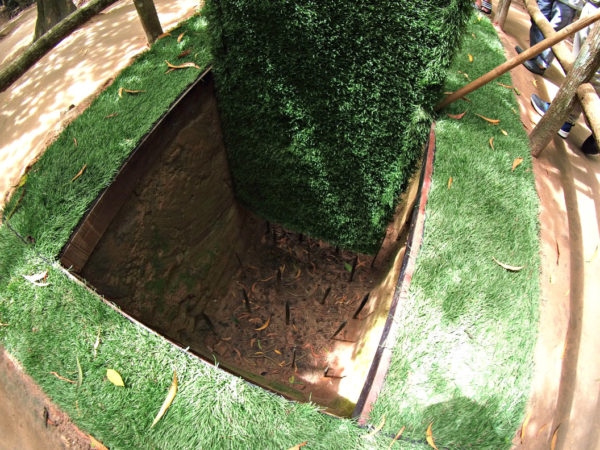
The tour kept us above-ground for the most part. We saw the small entrances that the fighters would use to enter and exit the tunnels, and we were shown replicas of the air holes they constructed to ventilate the labyrinth. Apparently, US soldiers grew wise to the existence of the tunnels and they would use dogs to detect the air holes into which they would pump poison gas.
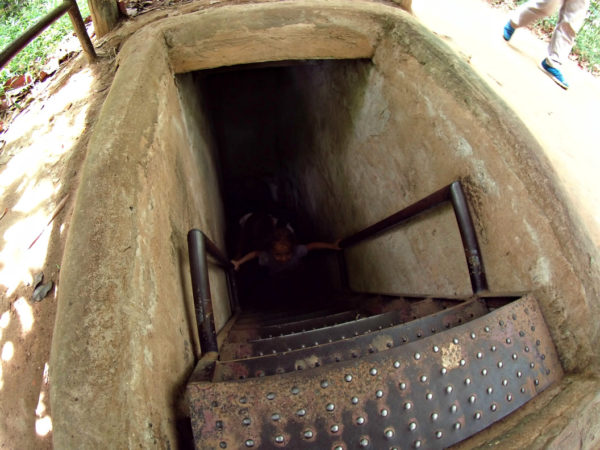
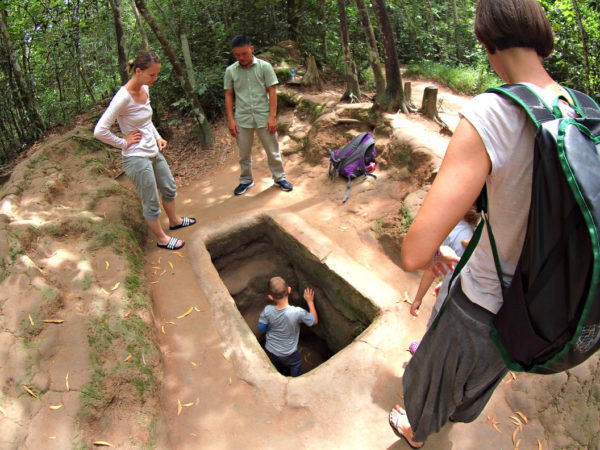
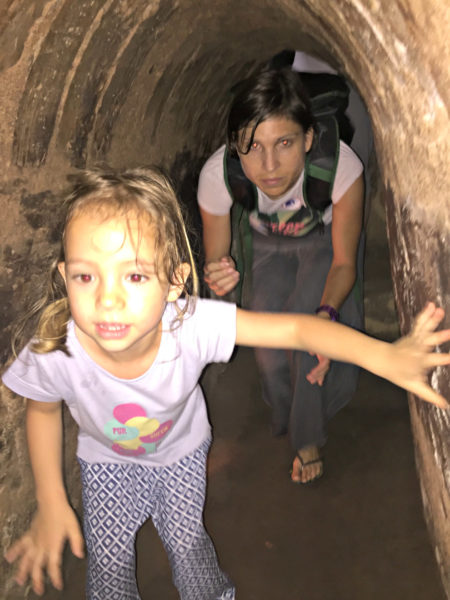
After the tunnels, we went to the War Remnants museum. We particularly enjoyed the room dedicated to combat photographers from all participating nationalities. This place was worthwhile and quite sobering.
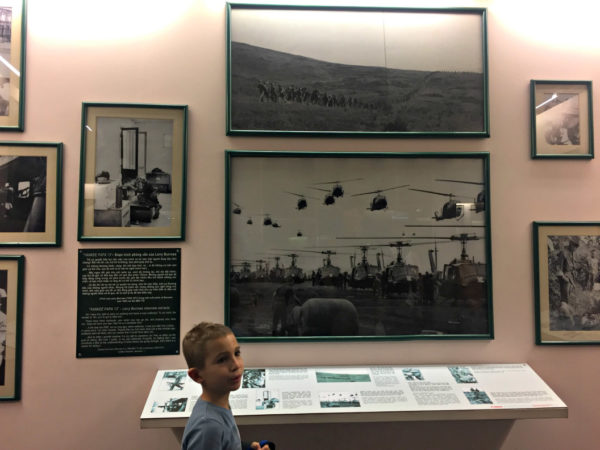
The War Remnants Museum is a place that you must visit to understand more about Vietnam. I don’t think any visit to Ho Chi Minh City will be complete without a visit to this museum. It shows how cruel humans and the war can be. How the Americans actually used Agent Orange to kill others, and as a result people in later generations were also affected and developed health problems. But you have to be very careful with the kids because pictures are as real and explicit as they can get.
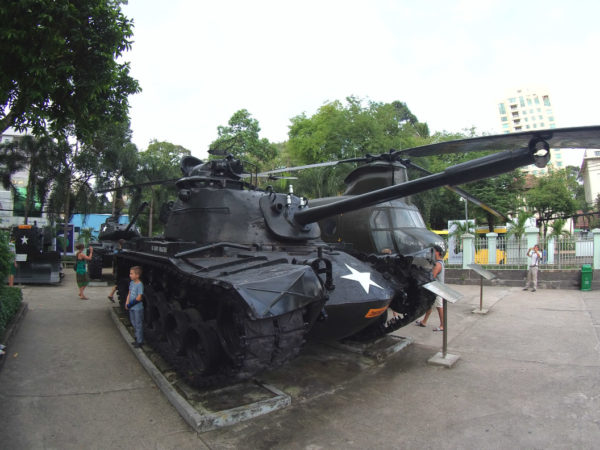
The museum is still heavy with propaganda, which makes for an interesting look at the other side of the story, with posters encouraging civilians to ‘Destroy the American Infidel’ and talk of the ‘Puppet Regime’. The museum was actually previously known as ‘The American War Crimes Museum’ as recently as 1993, when improved relations with the USA led to a less accusatory name.
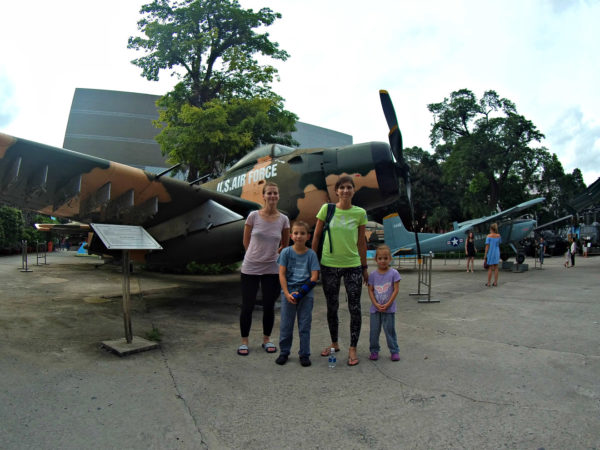
One of the most interesting places we’ve visited, during our trip, was the Reunification Palace, previously known before the war as the Independence Palace. It was the home and workplace of the president of South Vietnam during the war.
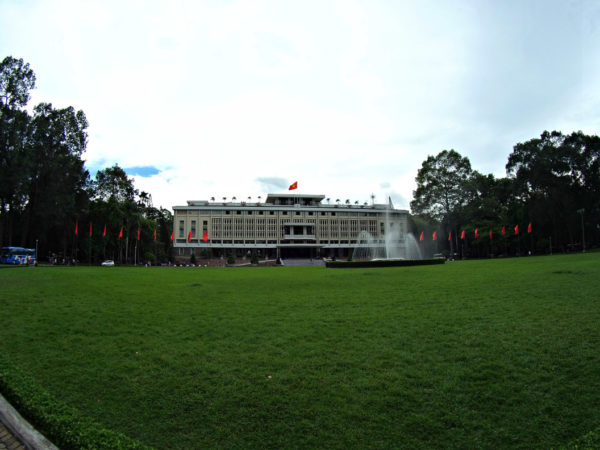
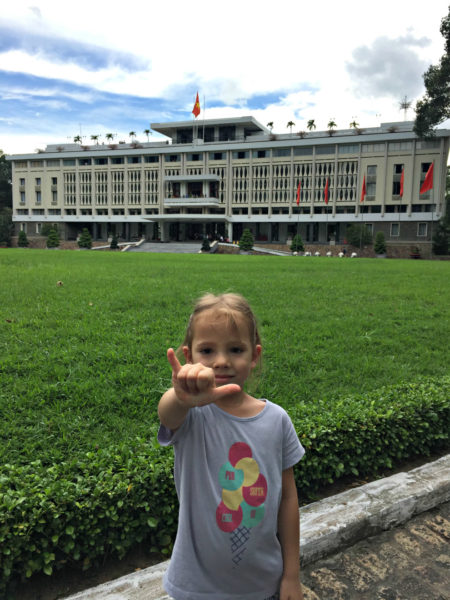
It also has historical significance as the site of the end of the Vietnam War, with the iconic photo of the tank rolling through the main gates on the day Saigon fell, on April 30th 1975. The palace itself is a real life time capsule!
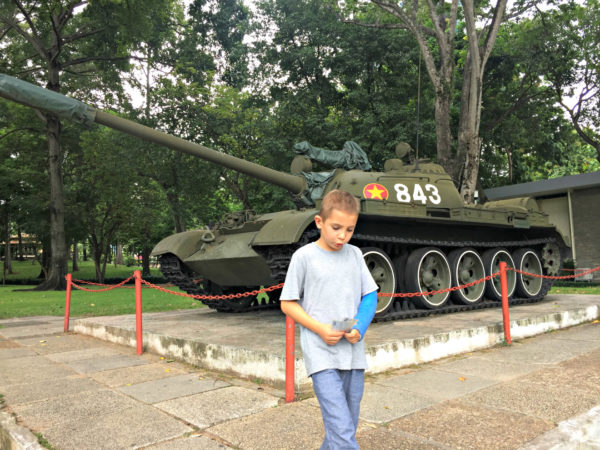
The original palace had been bombed in 1962, and the new Independence Palace commissioned the same year. When the war ended in 1975, the palace was left exactly as it had been on that day. As you walk through the building, it really does feel like everybody has suddenly upped and left (as they did). The 1970’s decor is interesting in itself. You can tour the president’s office, the various official reception rooms, private quarters, cabinet room and ballrooms.
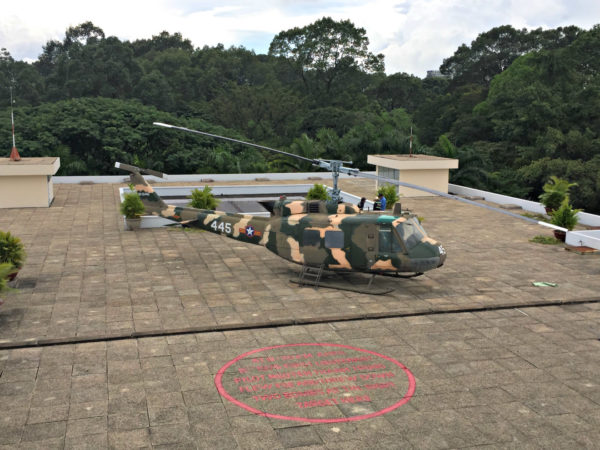
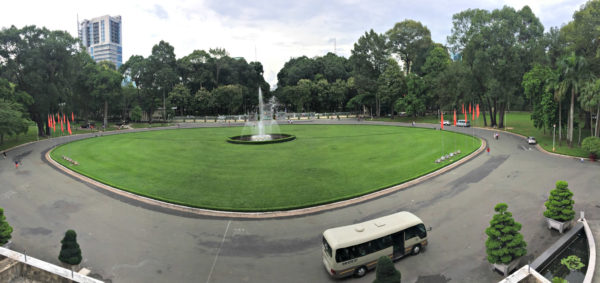
By the way, everything in Ho Chi Minh City is quite affordable. We’ve traveled everywhere by Uber and the streets are also perfectly safe to walk.

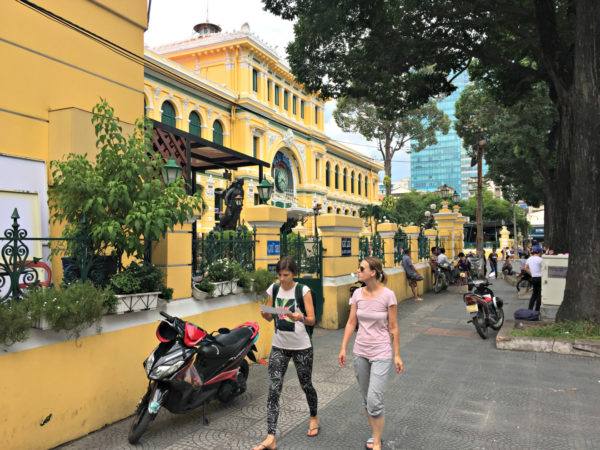
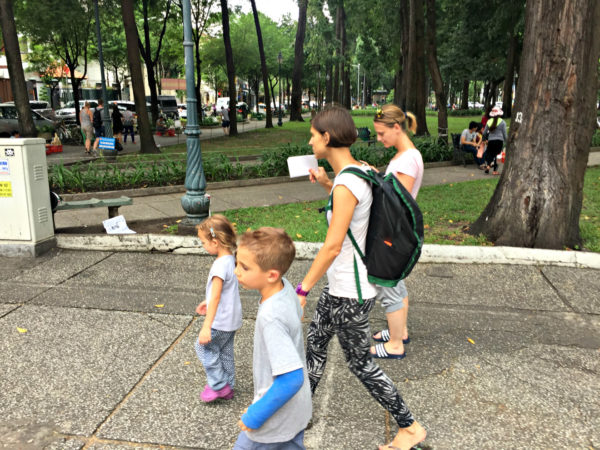
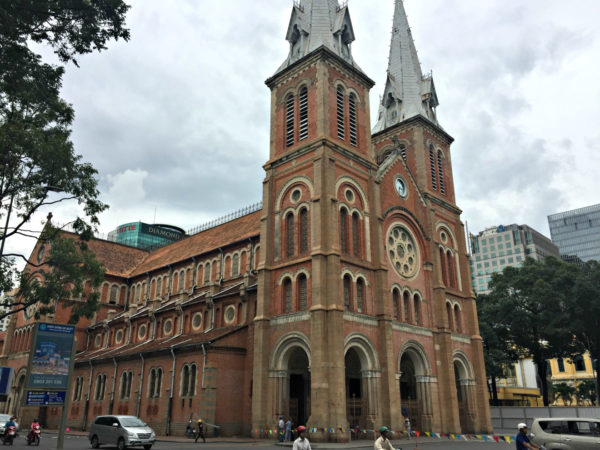
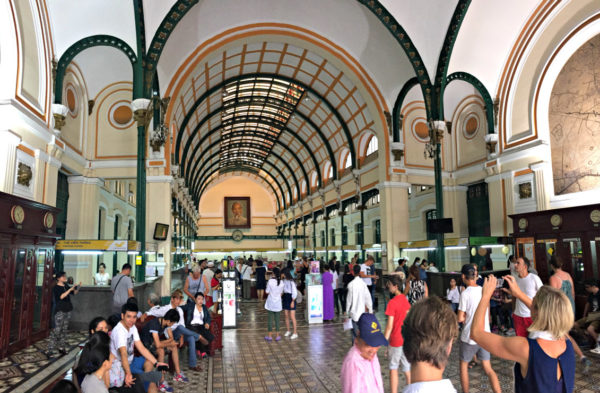
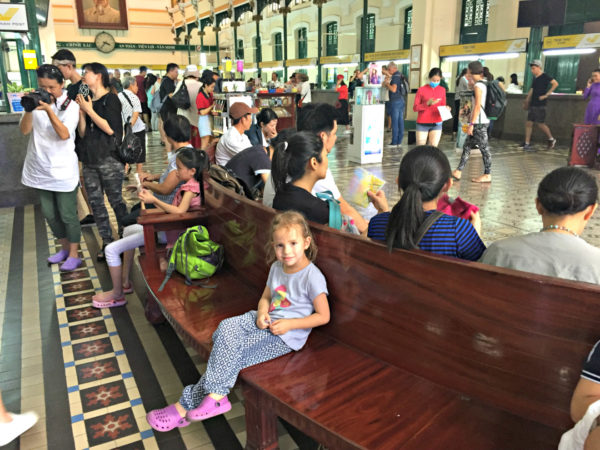
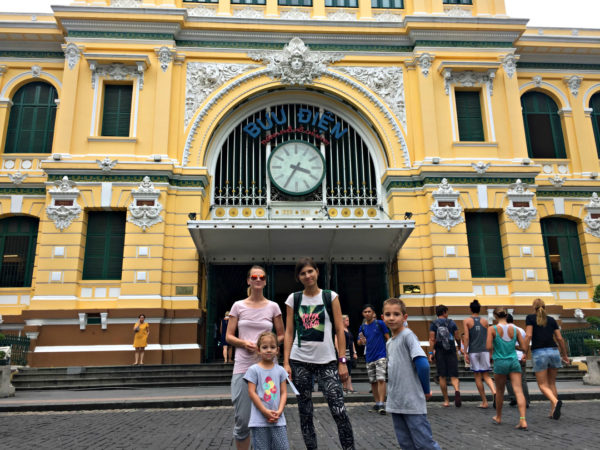
On our second day we were scheduled for a Svit’s cast removal in FV (Franco-Vietnamese) Hospital. He broke his arm twice on the last day of school back home. Thankfully everything healed fine and visit here was just a formality. But I really have to point out that if something happens to you while around HCM this is the place you want to be taken. The standards are truly Western.
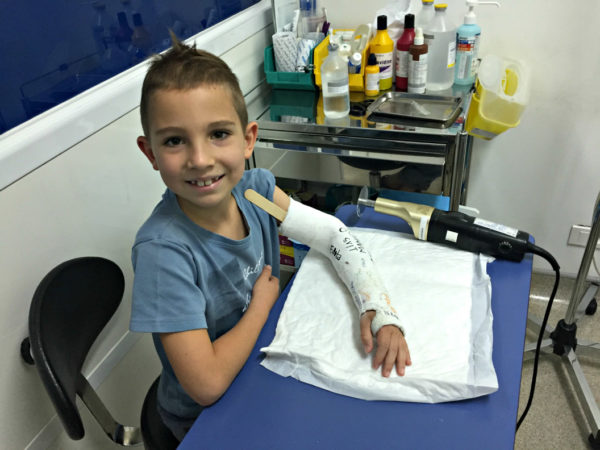
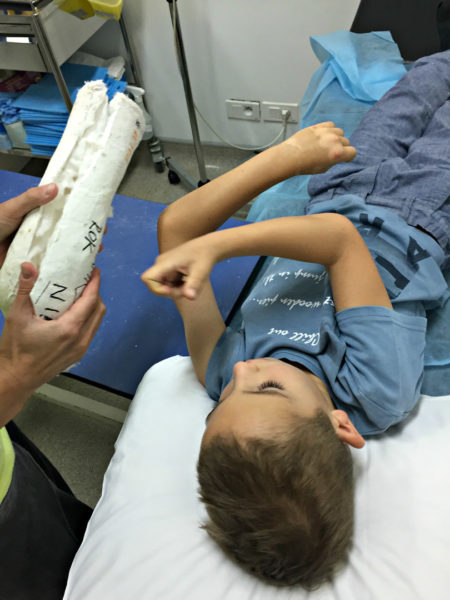
Mekong Delta visit:
On our last day here we went to see some rural parts around Mekong River. After 1,5h drive we’ve crossed the river on a boat. Then we proceed first on foot and then with horse carriage. We’ve learned a lot about the people of South Vietnam, tasted some rice wine, coconut candy, we took a small boat ride through the river canals and had lunch in a local restaurant in the end. It was obviously very touristy at some parts but at the end of the day kids loved it so it was worth doing it.
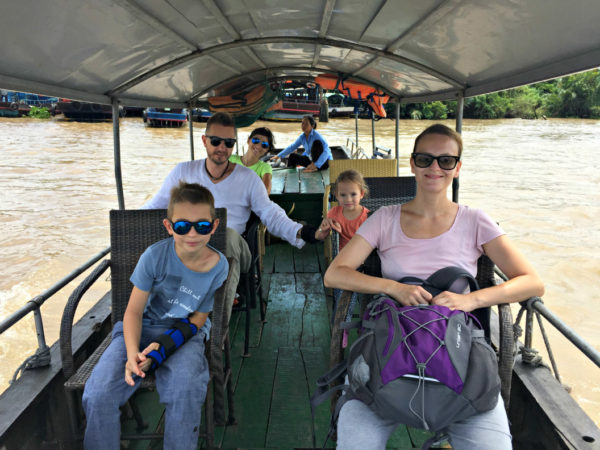
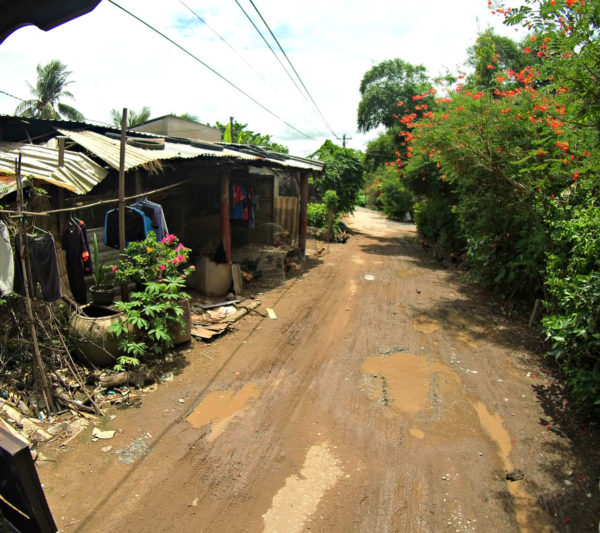
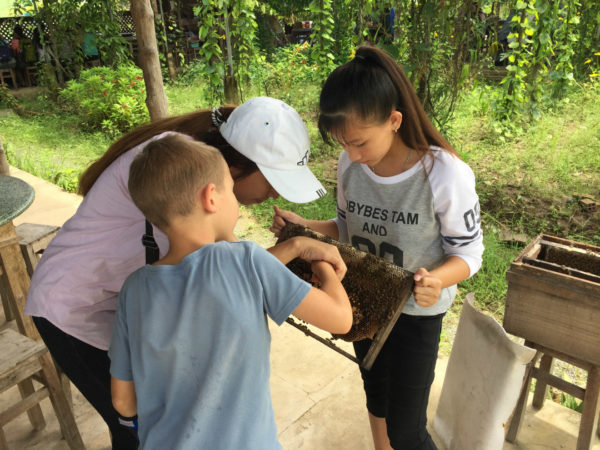
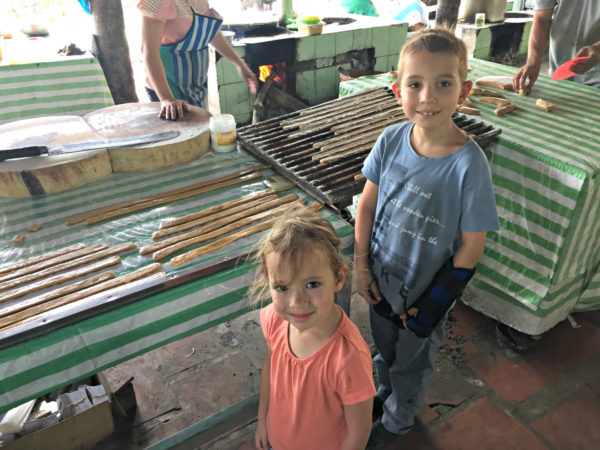
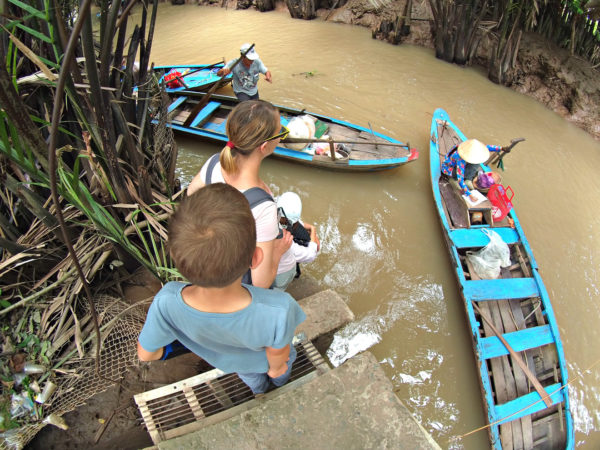
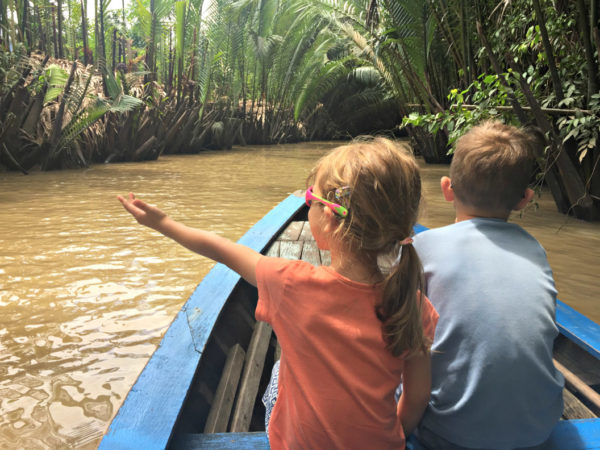
Four days in HCMC went bye really fast but we had to pack our bags and move forward to our next destination – coastal area of Mui Ne.
[Best_Wordpress_Gallery id=”14″ gal_title=”HO CHI MINH”]


